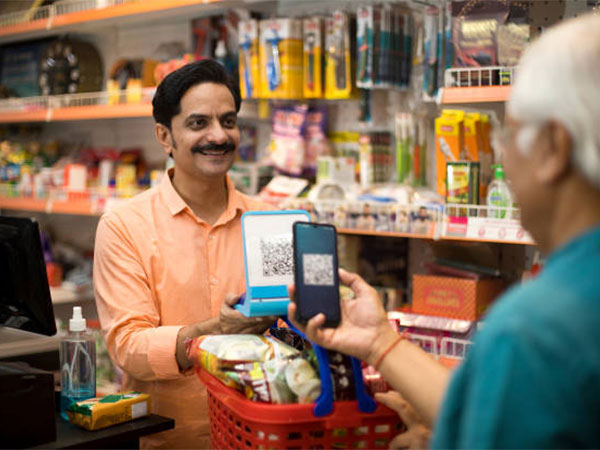
New Delhi : India has emerged as the global leader in real-time digital payments, recording 129.3 billion transactions in 2023, according to a recent note by the International Monetary Fund titled Growing Retail Digital Payments: The Value of Interoperability.”
At the heart of this transformation is the Unified Payments Interface, better known as UPI. Launched in 2016 by the National Payments Corporation of India, UPI has changed how people send and receive money in the country.
It brings all your bank accounts together in one mobile app. One can transfer money instantly, pay merchants, or send funds to friends with just a few taps. Its appeal lies in its speed and ease of use.
Today, UPI processes over 18 billion transactions every month in India.
"This shift has taken India away from cash and card-based payments and pushed it towards a digital-first economy. Millions of individuals and small businesses now rely on UPI for safe and low-cost transactions. By making payments quick and accessible, UPI has become a powerful tool for financial inclusion," Press Information Bureau (PIB) said in its backgrounders series on Sunday.
In comparison, Brazil ranked second with 37.4 billion transactions, followed by Thailand (20.4B), China (17.2B), and South Korea (9.1B). Among developed economies, the numbers were far lower: the United States (3.5B), the UK (4.6B), Japan (2B), and Germany (1.5B).
India’s success is built on interoperability, a principle lacking in many other countries’ digital payment systems. Unlike closed networks where users must remain on one platform, India’s Unified Payments Interface (UPI) — launched by the National Payments Corporation of India (NPCI) — allows seamless transactions across banks and apps. This open architecture enabled the rapid adoption and scalability of digital payments.
As of 2025, UPI facilitates more than 18 billion transactions each month, demonstrating unmatched operational volume.
India’s digital payment journey was accelerated by government initiatives and strategic policy. The BHIM app, launched in 2016, served as an initial trust-builder for UPI during its infancy. It played a critical role in onboarding users when private participation was still low.
The 2016 demonetization policy further pushed citizens to adopt cashless methods. While wallet apps saw a temporary spike, users quickly gravitated toward UPI for its versatility and ease of use across different platforms.
The Reserve Bank of India (RBI) later mandated interoperability, forcing large wallet providers to integrate with UPI — strengthening network effects and ensuring a more connected ecosystem.
India’s model demonstrates that interoperability is key to inclusive and sustainable digital financial systems. However, its success also relied on supporting infrastructure — widespread mobile data access, banking inclusion via Jan Dhan Yojana, and identity verification through Aadhaar.
Most importantly, the collaborative balance between public sector leadership and private sector innovation enabled UPI to become a global benchmark. By empowering users with choice and forcing competition among providers, India created a dynamic and user-centric financial ecosystem.
India now stands as the undisputed global leader in real-time digital payments — not just by numbers, but by design. Its interoperable, inclusive approach offers a blueprint for other nations aiming to modernize their financial systems and reduce cash dependency. The UPI model shows that digital transformation at scale is possible when infrastructure, regulation, and innovation work hand in hand.